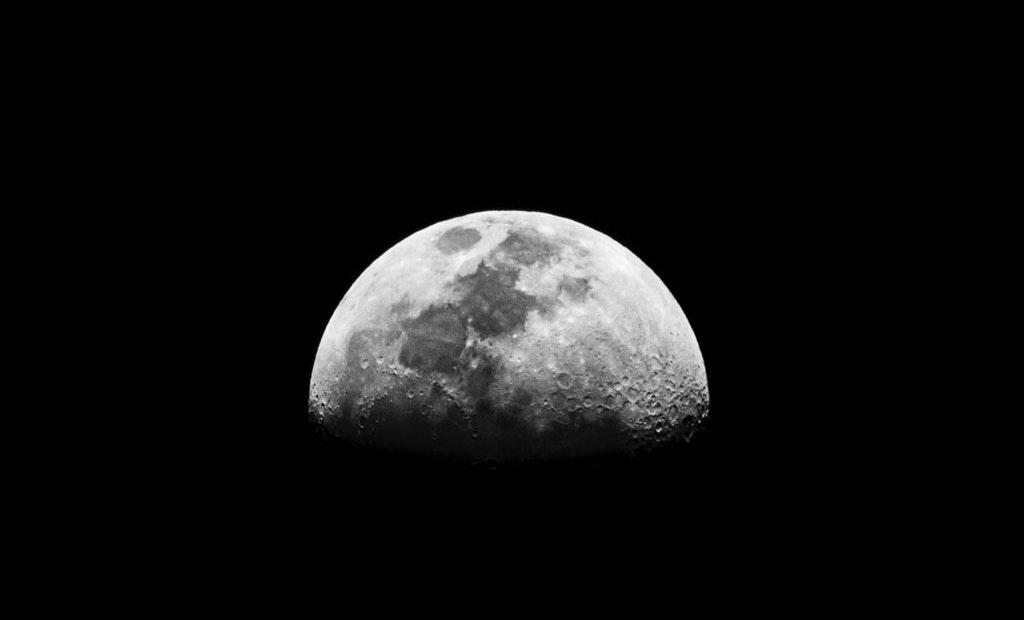Earth-like planets discovered by NASA

NASA’s Kepler space telescope has discovered eight new worlds beyond our solar system, marking the 1000th such finding from its mission.
In a statement, the Kepler mission team confirmed they had also added another 554 candidates to their list of potential planets. Six of these are reminiscent of Earth in size and orbit the habitable zone of stars similar to our sun.
Of the newly validated planets, three are located in their distant sun’s habitable zone. This zone is the region around a host star in which liquid water might exist on the surface of the orbiting planet.
From these three, it is likely that two are made from rock much like Earth.
Following the latest discovery John Grunsfeld, associate administrator of NASA’s Science Mission Directorate, said: “Each result from the planet-hunting Kepler mission’s treasure trove of data takes us another step closer to answering the question of whether we are alone in the universe.”
Kepler’s mission is to explore a portion of the Milky Way galaxy to find Earth-sized planets that are in or near habitable zones and determine how many of the billions of stars in our galaxy have such planets.
The telescope has to date monitored more than 150,000 stars and has offered scientists more than 4,000 candidate planets for further study.
Work is now progressing to determine how often rock-like planets appear in habitable zones, a key step for NASA’s aim to understanding our place in the universe.
Kepler scientist Fergal Mullally from the Search for Extra-Terrestrial Institute (SETI) at NASA’s Ames Research Centre in California, stated: “We’re closer than we’ve ever been to finding Earth twins around other sun-like stars. These are the planets we’re looking for.”
The discovery is certainly an exciting step towards revealing exactly what lies beyond planet Earth.
Emma Brady
























Facebook
Twitter
Instagram
YouTube
RSS